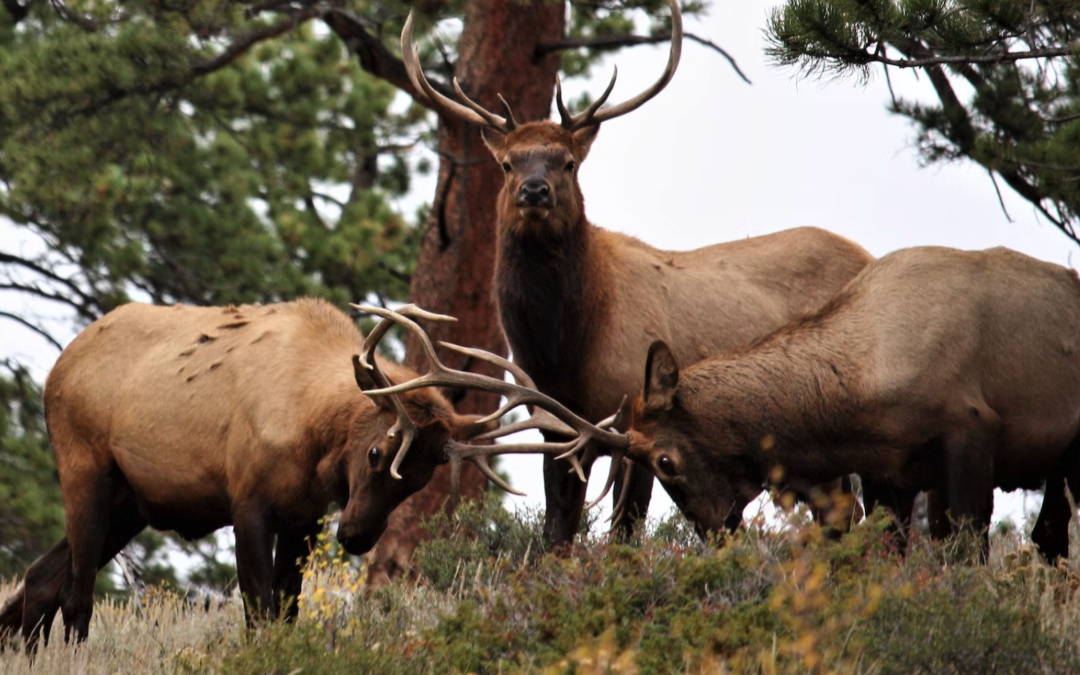Image credit: David Rupert via Unsplash.
We have been drafting OneNature’s comments on the draft strategy, as we mentioned in last week’s blog post, Valuing Nature in U.S. Policy. We have also just launched an exciting capstone project with Columbia University that focuses on valuing nature’s contributions to health. This is a crucial area of well-being, and though nature provides the underpinnings of our health, the positive impacts of maintaining and restoring nature for our health are generally left out of GDP calculations. The draft Strategy aims to address this in a few ways, and one of the most critical is by beginning to account for “defensive expenditures.” The strategy describes defensive expenditures this way:
“Defensive expenditures are expenditures that prevent or reduce “bad outcomes” such as injuries or deaths. The challenge is that the standard production of national accounts requires recording expenditures or economic output rather than physical, biological, or social outcomes. For example, medical care expenditures are recorded rather than the value of increased quality-adjusted life years.”
They also provide an example to consider an increase in urban forests, at a cost of $40 million, reduces particulate matter sufficient to avoid $60 million in medical expenditures. This case suggests that spending money on the forests saves the economy $20 million by avoiding medical bills.
GDP, however, sees this as “The economy” losing $60 million in medical expenditure and only gaining $40 million in forest investment. They continue, “Formally, “the economy” grows by $20 million less with the forest than without the forest, despite “the economy” receiving $20 million more in net benefits.”
OneNature is working to understand and quantify these values in a way that can help with this vital process the US Government is undergoing – in accounting for nature in our national accounts and to contribute to the next phase of work – a conservation stewardship atlas and assessment of nature’s values in a broader way.
We are focused mainly on understanding the role that one aspect of nature, wildlife, plays in our mental and physical health. Though harder to quantify, we feel that identifying the role of wildlife is a vital step to creating policies to protect them. The cost of protecting habitats and wildlife would have been economically cheaper and may have resulted in a substantial reduction in human suffering and death when compared to the cost of the COVID pandemic (Felbab-Brown, 2021). In our report, “Advancing Wellbeing for All Beings,” we document research on the role of wildlife in human physical and mental health. This is directly relevant to the “defensive expenditure” approach the US is taking in this strategy.
“The framework of “One Health” emphasizes that, for people to be healthy, the planet and wildlife must also be healthy and has become increasingly recognized and supported by conservation organizations and public health experts in recent decades (Centers for Disease Control and Prevention, 2018). When animals are exploited or their health and habitats disrupted, they can pose threats to human safety and health. Conversely, human health benefits from animals in a variety of tangible and intangible ways, including forms of knowledge and feelings of affinity that animals offer.
The COVID-19 pandemic offers a powerful example of how the failure to ensure the health of wild animals can devastate human health outcomes. When humans encroach on wildlife habitats through activities such as deforestation for development and agriculture, it not only disrupts ecosystems and harms wild animals but also encourages people and domestic animals to come into direct contact with wildlife. This creates opportunities for wildlife-borne zoonotic diseases to spill over into human populations. Domestic food animals often serve as a bridge between wildlife-borne diseases and human beings; this is especially true of domestic animals raised in intensive farming operations where there is little genetic diversity among the animals, and they are housed in cramped, highly stressful, and often inhumane conditions (Jones et al., 2013). As of the publication of this report, the exact train of transmission that resulted in COVID-19 is not definitively known. We know, however, that, like other SARS viruses and the Middle East respiratory syndrome (MERS), COVID-19 most likely originated in a wild animal and eventually spread to humans (Bhargava, 2021). Avian flu, Ebola, HIV, and swine flu also originated in wildlife and later spread to humans (Reperant & Osterhaus, 2017).
It is important to note that it is human actions that create the possibility for the deadly spread of diseases between humans and animals (Guynup, 2021). The solution to this problem is not to eliminate wildlife species, which play such a crucial role in maintaining planetary and human health, but to adopt healthy practices in which both humans and wildlife are able to coexist and thrive.”
As we support and amplify the momentum of new ways to capture the health and well-being benefits of nature to people, OneNature will continue to advocate for the explicit inclusion of wild animals in the assessment of these values.
